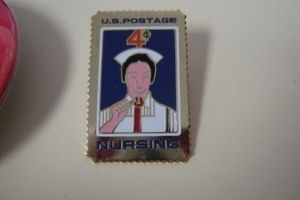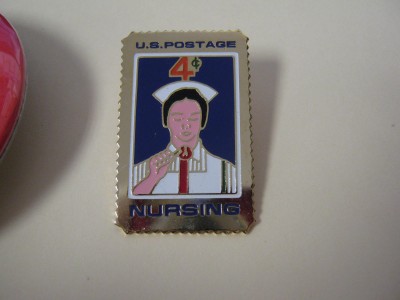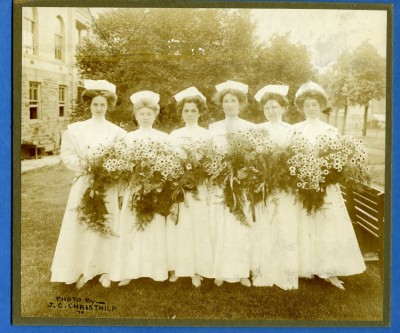National Nurses Day 2015

Today is National Nurses Day and in appreciation we are sharing a “sneak peek” from our exhibit-in-progress Beyond Chicken Soup: Jews and Medicine in America from our section on nursing. Enjoy these snippets from the unfinished exhibit script – and thank a nurse today!

The Nursing Station
The first formal training program for nurses in the United States was initiated in 1872 at the Women’s Hospital of Philadelphia. Spurred by committees of laywomen, several other hospitals soon followed suit. Physicians, however, were slow to support the training of women to assist in medical procedures.
As medical technology advanced, however, hospital administrators realized how the in-house nurse training program benefited the hospital. Educated nurses were urgently needed to aid in the care and treatment of patients with increasingly more complex conditions and needs. Nursing students, who often worked and lived under harsh conditions, were willing to trade their labor for professional training. By 1900, 432 nurse-training programs had been established in hospitals around the country.

By 1919, the Hebrew Hospital had built the Hecht Memorial Nurses Home, where nurses lived and studied. Trainees were required to furnish their own uniforms and expected to work regular shifts in the hospital, described in the school prospectus as the students’ “laboratory.” In return, they were given room and board, and were paid $10.00 per month (equivalent to approximately $135.00 today). A rigorous schedule of coursework in medical sciences and clinical practice are also set forth in the brochure.
Nursing and the Jewish Woman
Jewish women did not flock to nursing as Jewish men did to the medical, dental and pharmacy professions. There are no solid numbers to bear out the anecdotal evidence, but where Jewish physicians have been over-represented as a proportion of the United States population, Jews have historically been under-represented as a percentage of nurses. As a result, while Jewish hospitals filled a need for Jewish nurses, but they were never staffed solely by Jews.

Why were there fewer Jewish nurses, proportionally? The Christian narrative underpinning the nursing profession may have discouraged some. According to the National Library of Medicine: “Images of nurses in the European art traditions of the 19th and early 20th centuries are often based on ancient Classical and Christian feminine archetypes such as healer, handmaiden, mother, angel, and guardian or warrior.” But many among those who proudly serve see Jewish roots to their profession.
“I cannot count the number of times I have been told that I am a fine example of Christian nursing. It is always meant as a compliment, but it drives me to distraction.” (From an interview with a Jewish nurse)
